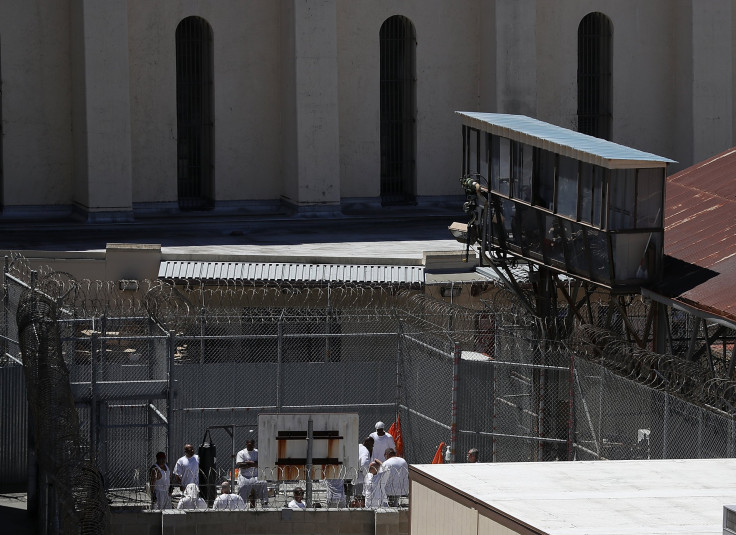Prison Reform 2016: California Debates Private Prison Use For Undocumented Immigrants

Less than a week after the U.S. Department of Justice announced it would begin phasing out the use of private prisons contractors, the California State Assembly approved a bill Tuesday that would prohibit cities from renewing their contracts with private prisons hired to operate federal immigration detention centers.
“The goal is to prohibit these for-profit companies from profiting off the backs of immigrants,” state Sen. Ricardo Lara, the Democrat who sponsored the bill, said in April after he announced it. The bill now goes to the state Senate.
The Justice Department’s decision announced last week to phase out private prison facilities at the federal level will have no impact on the method of detention of undocumented immigrants in the United States. Soon after the decision was announced, Immigration and Customs Enforcement (ICE) signaled that they had no plans to cut their ties with private prisons.
A spokesman for the Department of Homeland Security, which oversees ICE, said that the California legislation wouldn’t stop the detention of undocumented immigrants and would merely push them to other detention facilities.
Proponents of the bill hope that that isn’t the case. Instead, they would like to see alternatives used for the undocumented immigrants who are caught by law enforcement. There have been several potential strategies for doing so, including house arrest and ankle monitoring that could keep track of the immigrants while they wait trail or deportation.
Nationwide, there are about 33,000 undocumented immigrants detained by ICE forces every day in private prisons. That represents a spike since the early 2000s following changes in immigration laws post-9/11.
All told, California has seen its prison population decline since 2006, when it peaked at 163,000 people. In 2009, the U.S. Supreme Court ordered the state to reduce its prison population to 137.5 percent its institutional capacity. As of March 2015, the population had dropped to 112,300.
© Copyright IBTimes 2025. All rights reserved.






















